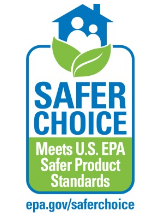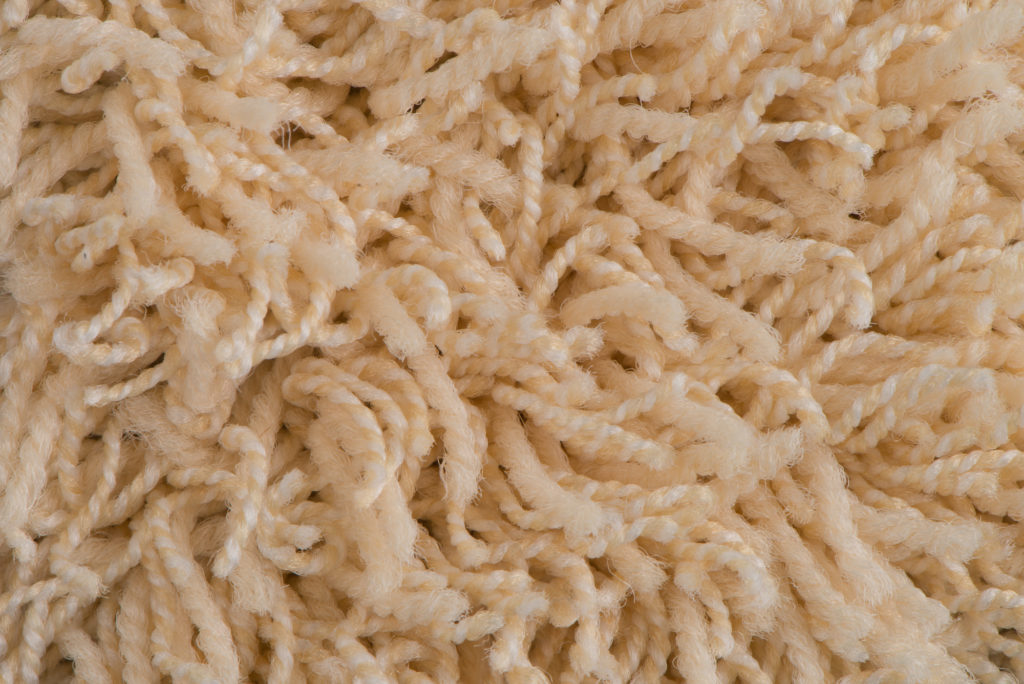Environmentally Friendly & Green Carpet Cleaning
The benefits of eco-friendly carpet cleaning for homeowners negate the use of harsh, aggressive cleaning chemicals used in the past. Many carpet detergents and spotters contain chemicals that can damage or weaken carpet fibers during the cleaning process. As a result, the carpet cleaning process actually may shorten the life expectancy of your home’s carpets.
Today’s tested and/or certified eco-friendly cleaning solutions are:
- Environmentally Friendly

- Safe For Kids and Adults
- Safe for pets
- Extends the Carpet life
- Anti-allergenic
Eco-Friendly Testing
You would think that most cleaning products these days have been through a rigorous testing program. The fact is, that many of the products that are sold today may not be really green. They just claim to be. This is commonly referred to as “Greenwashing”. Additives that makeup some cleaning agents, like fragrances, solvents, enzymes, surfactants, and optical brighteners are not always good for you or the carpet. In many cases, even if the right combination of ingredients is blended by a manufacturer, inappropriate dilution ratios or maintenance procedures can inhibit the cleaning performance. Therefore, potentially creating a toxic environment that damages carpet fibers and their backings.
Green testing groups include associations and organizations like:
Eco-friendly carpet cleaning products typically are manufactured following sustainable production practices and use organically-derived, safe, toxic-free, and biodegradable components that will not adversely impact the ecosystem or your family’s health. Products are usually plant-based or low VOC/non-toxic cleaning solutions that are tested, approved and/or certified. In addition, carpet cleaning machines and vacuums are tested for their performance, noise levels, and sustainability qualities. Typically cleaning solutions will have a green label on the bottle designating the certifying entity.
Safe Cleaning Solutions for Kids, Adults, and Pets
Sustainable cleaning products help to ensure that cleaning sensitivities are minimized. While most people concern themselves with the carpet cleaning method, vacuuming with a quality vacuum is imperative prior to the cleaning. According to studies, this removes 79% of all the particulate in the carpet. Using certified, tested or approved carpet cleaning solutions is one of the benefits of eco-friendly carpet cleaning for homeowners. ECO-friendly logos help provide assurances that your pets and small children are safe.
The Best Eco-Friendly Carpet Cleaning method
Hot Water Extraction is the best eco-friendly type of carpet cleaning if you are cleaning only once a year. Using eco-friendly cleaning solutions will help reduce hypoallergic reactions that some people encounter during cleaning. Rinsing the carpet free from contaminates using the hot water extraction method has been proven by the Carpet and Rug Institute to be the most efficient and effective way to clean. It always makes sense to stay off the freshly cleaned carpet for a couple of hours if the carpet has been deep cleaned or restoratively cleaned. Speed drying can help dry the carpet in a few hours.
What are the benefits of eco-friendly carpet cleaning?
Carpet that has been properly maintained will last for a long time. With proper cleaning frequency, harsh carpet cleaning solutions are not necessary. Occasionally accidents happen and products are spilled on carpets that require the use of specialty cleaning solutions. These may not be “green” products. I would advise hiring a professional at this point. Often consumers will set spots & stains and do permanent damage to their carpet when they try everything to get them out. Carpet should be replaced if odors persist, the seams are fraying beyond repair, the backing has started to wrinkle and delaminate or the professional cleaner can not restore it to an acceptable appearance level.


